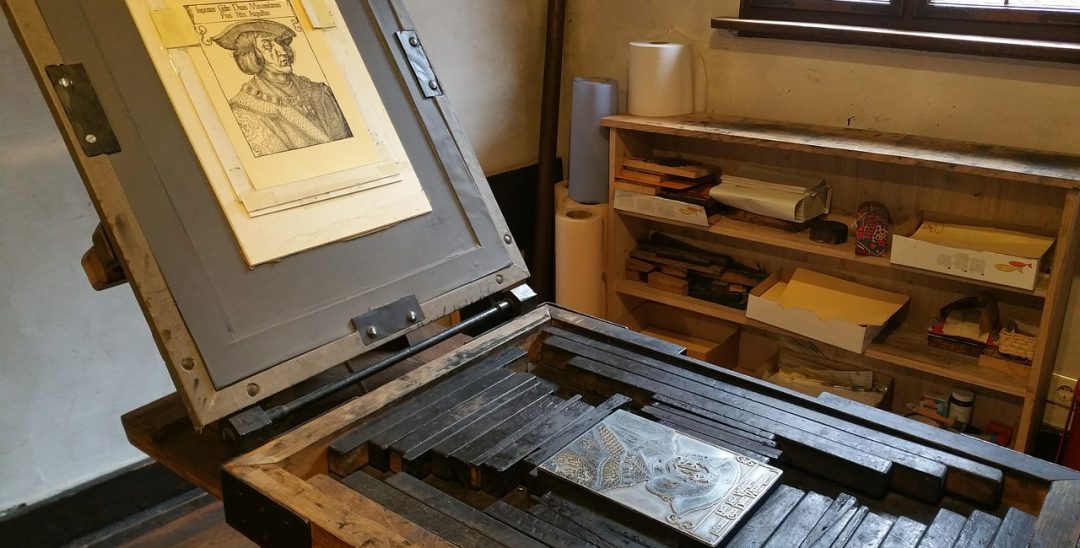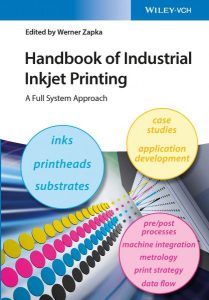Inkjet printing is nowadays often used in research, and many publications tell successful stories of how to use inkjet printers to deposit tiny amounts of liquids in a fully digital manner on a wide variety of different substrates. Inkjet printing on an industrial scale, however, is a topic far less covered in the open literature. One of the reasons for this is there are many different areas that industries are working in while protecting techniques and strategies by patents. Hence, now is a good moment for an overview of inkjet printing on an industrial scale and to see what challenges the industries are facing.
In the “Handbook of Industrial Inkjet Printing”, Dr. Werner Zapka, Manager of Xaar’s Advanced Application Technology team in Stockholm, Sweden, provides an overview of all the individual subareas of industrial inkjet printing. After an introduction listing the industrial printing techniques available, individual topics including ink, printheads, and substrates are discussed, followed by metrology techniques that are required for reliable systems. Three iteration cycles are then described, including the adaptation of the ink to the printhead, the optimization of the ink to the substrate, and the integration of machine manufacturing, monitoring, and data handling, among others. Finally, the book summarizes a number of case studies and success stories from selected areas, including graphics, printed electronics, and 3D printing, and provides a list of ink suppliers, printhead manufacturers, and integrators. Practical hints are included throughout for a direct hands-on experience.
The unique character of this book is that Dr. Zapka has successfully connected all the industrial partners in each import subarea of the industrial inkjet printing process and has encouraged them to cooperate to write their stories in this book. Furthermore, arching the individual subareas, end users and integration partners have also contributed to this book, telling their story of how to integrate industrial production processes.
This book is invaluable for industrial users and academics, whether ink developers or mechanical engineers, working in areas ranging from metrology to intellectual property.
For further reading, take a look at the book “Nanomaterials for 2D and 3D Printing” by Prof. Shlomo Magdassi and Dr. Alexander Kamyshny.


















